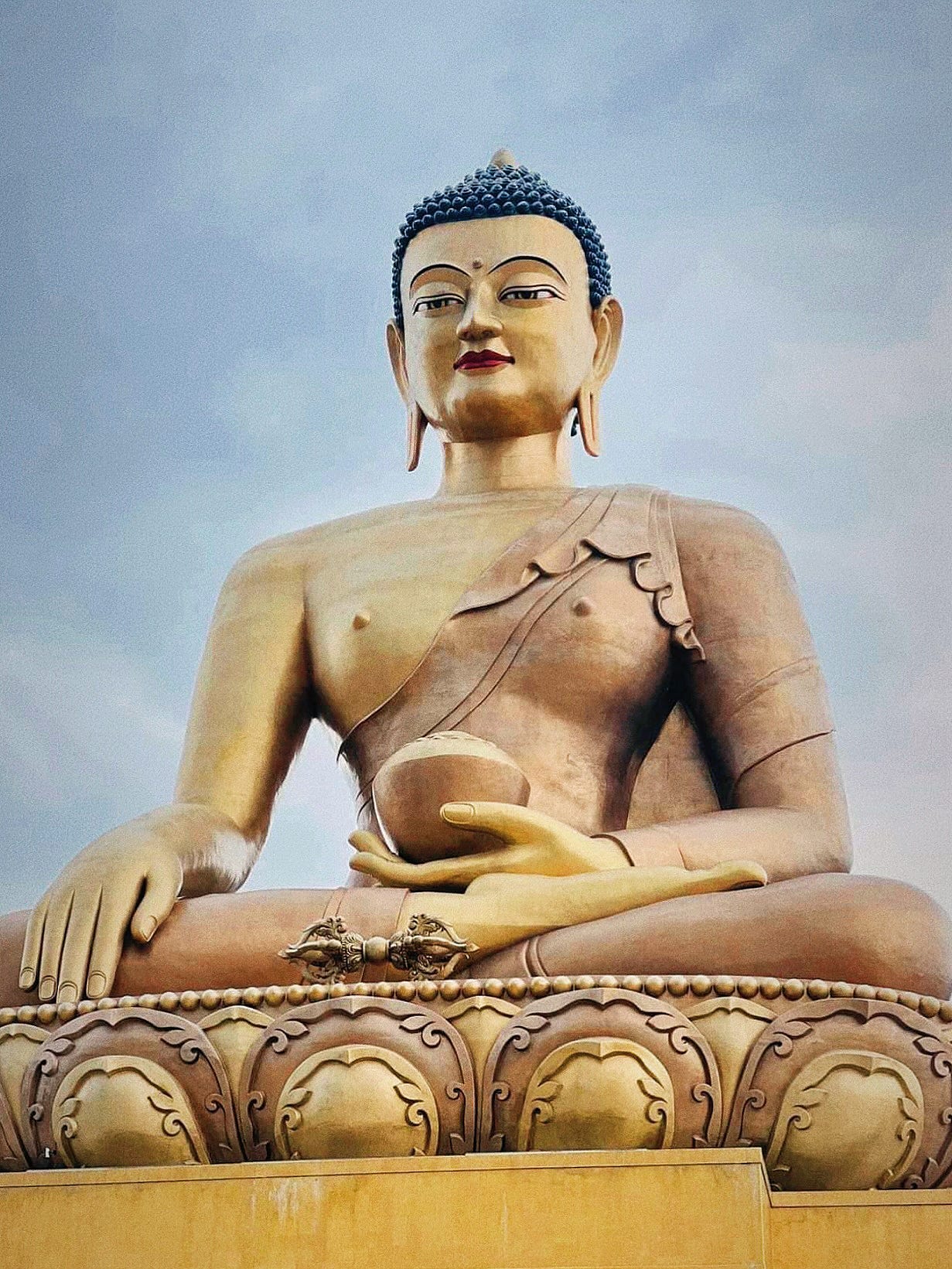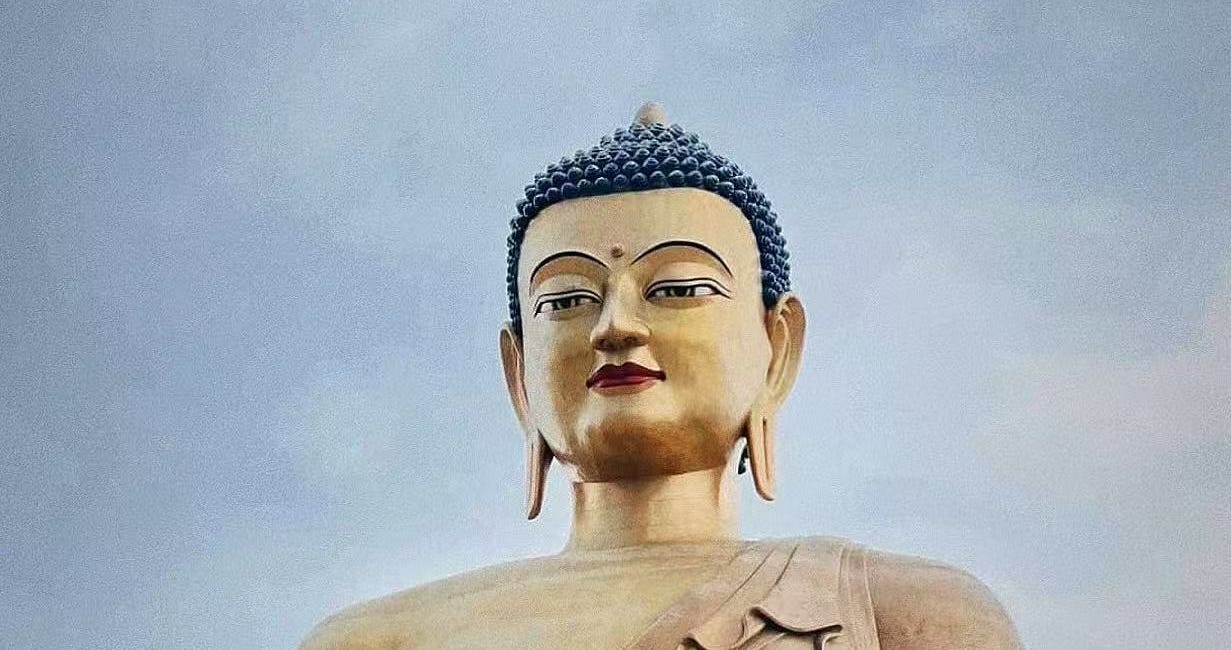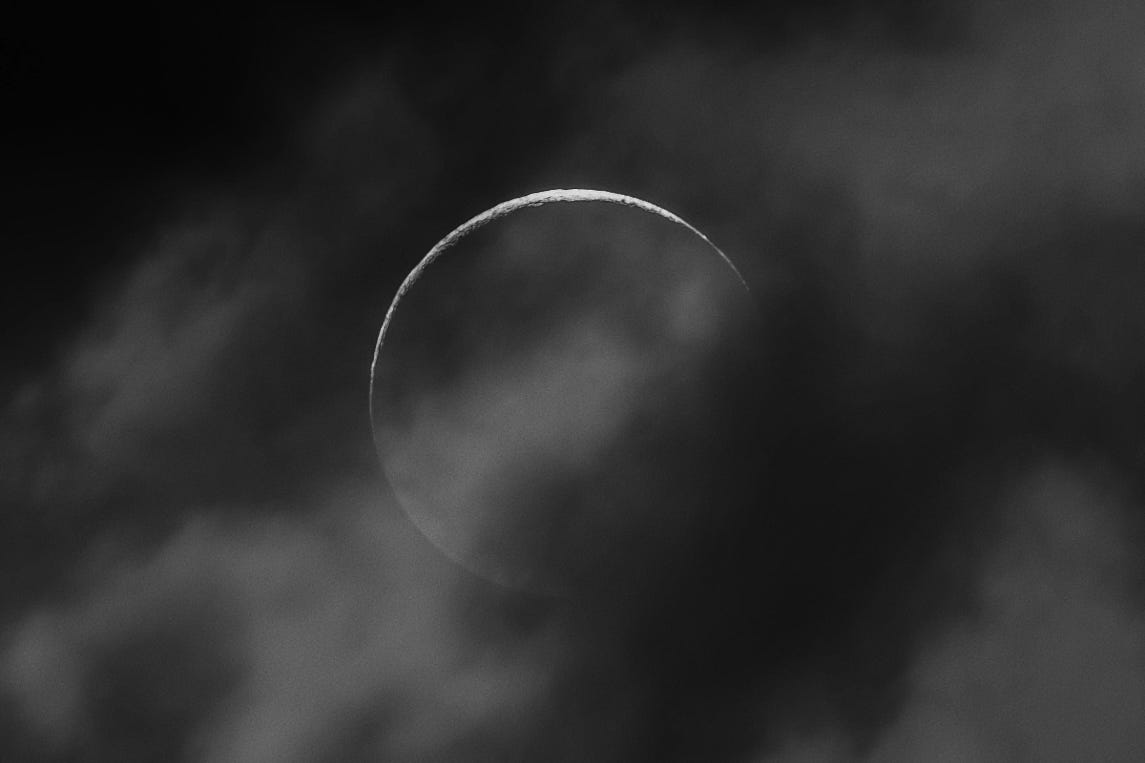Though Buddhist scriptures are as vast as the ocean, their sole purpose is to guide beings toward liberation (mokṣa) and omniscient wisdom (sarvajñatā). The Buddha never taught what is irrelevant to these goals.
—Neo Shakya
🔔 The following content is excerpted from Neo Shakya’s teachings on the Dharma.
Why the Threefold Division?
The categorization of the Three Realms (Trailokya)—:
Desire Realm (Kāmadhātu)
Form Realm (Rūpadhātu)
Formless Realm (Arūpadhātu)
is rooted in the nature of beings’ clinging and perceptual capacities.
⭐️ Desire Realm: Craving for External Objects
The Desire Realm is defined not merely by “desire” in a general sense, but specifically by the urge to grasp external objects. Examples include:
Seeking food, clothing, or material possessions.
Pursuing sensory pleasures (e.g., sights, sounds, tastes).
Acquiring pudgala (individuals/beings) for companionship or domination.
Key Distinction:
This “desire” (kāma) is narrowly defined as outward-directed grasping, not internal mental states. Beings here rely on external sources for survival and satisfaction.
⭐️ Form Realm: Transcending Gross Desire
In the Form Realm, beings no longer depend on external objects for sustenance or pleasure. Why?
They subsist through the subtle bliss of meditative absorption (dhyāna-sukha), not physical consumption.
They lack coarse sensory faculties (e.g., tongue for taste, nose for smell), but retain:
A refined form body (rūpa-kāya).
Celestial palaces and environments composed of subtle matter (rūpa).
Naming Logic:
Though “Desire-Free Realm” could describe it, the term “Free Realm” is preferred because its defining feature is the presence of refined materiality (rūpa), not merely the absence of desire (kāma—here narrowly defined as outward grasping for sensory objects).
⭐️ Formless Realm: Beyond Materiality
The Formless Realm transcends even subtle matter:
No coarse, perceptible forms (sthūla-rūpa) exist here.
Beings abide in purely mental states (citta-mātra), such as infinite space or consciousness.
They lack:
Physical bodies.
Sensory faculties tied to form.
Any aggregated, perceptible material phenomena.
Critical Note:
The term “formless” (arūpa) specifically refers to the absence of aggregated, graspable forms—not the total negation of all existential substrates.
Clarifying Terminology
“Desire” in the Threefold Framework:
In the Desire Realm: Outward grasping for sensory objects.
In higher realms: Subtle mental clinging (e.g., attachment to meditative states) persists but is not classified as “desire” (kāma) in this system.
Why Not “Desire-Free Realm” for Form Realm?
The term “Form Realm” avoids ambiguity, as “desire-free” might misleadingly imply total freedom from all clinging. In reality, beings here still cling to meditative bliss and subtle mental factors.
Conclusion: The Basis of Classification
The Three Realms are distinguished by:
Dependence on external objects (Desire Realm).
Subtle materiality and meditative sustenance (Form Realm).
Pure mental existence without form (Formless Realm).
This framework reflects the Buddhist analysis of how clinging (upādāna) shapes existential modes across samsara.
According to Buddhist teachings, suffering is of three kinds:
duḥkha-duḥkhatā: Suffering of suffering
vipariṇāma-duḥkhatā: Suffering of change
saṃskāra-duḥkhatā: Suffering of conditioned existence
Gratitude for your mindful attention. May these insights help you better understand Buddhism. 🔔Suggested Readings:
From Prince to Teacher: Why the Buddha Taught the Dharma?
Though Buddhist scriptures are as vast as the ocean, their sole purpose is to guide beings toward liberation (mokṣa) and omniscient wisdom (sarvajñatā). The Buddha never taught what is irrelevant to these goals.
Om Arapacana Dhih
Author: Neo Shakya
Editor: Arwen Candra
To the seekers of truth, let's forge a bond in this shared space!






